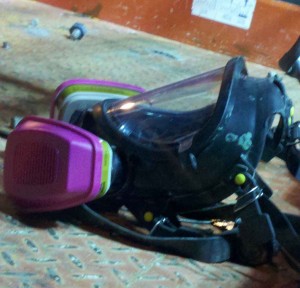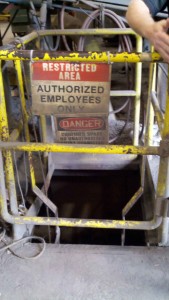Wed 30 Nov 2011
Free IH Sampling
Posted by admin under industrial hygienist, Management, OSHA
Comments Off on Free IH Sampling
Did you know that there are two ways to get industrial hygiene sampling for free? I know, there’s always a catch, but below are my favorites.
- OSHA
- Insurance carrier
Your company’s insurance carrier can many times provide industrial hygiene services. This might come from your worker’s compensation carrier, your general liability carrier, and sometimes even your agent. If you have a legitimate concern and are able to wait to meet their schedule, this is a very attractive option. - The General Contractor
If your GC has hired an IH consulting firm for a similar type process that you are performing, see if they will also take a sample on one of your employees. - Your Sub Contractor
If you’ve hired a subcontractor to provide abatement for asbestos, or lead, request that they also perform a test on one of your employees. Sometimes even a sub-level tier will provide this as a courtesy.
Obviously if you have an inspection and they perform air monitoring, you can use this information. Hang onto it! Get the field notes from the inspector so that, if necessary, you can reproduce these results. There is also (in some states with state-run plans) a separate division who can provide consultative air monitoring and/or assessments. I strongly urge employers to use this method. While your company is under consultation, they are under obligation to NOT allow an inspection (there are caveats).
I think the key to each of these is being nice. If you are a jerk, or attempt to strong-arm your GC or sub into this, it will never happen. In the safety world, most people want to help- that is why they got into this business in the first place.




